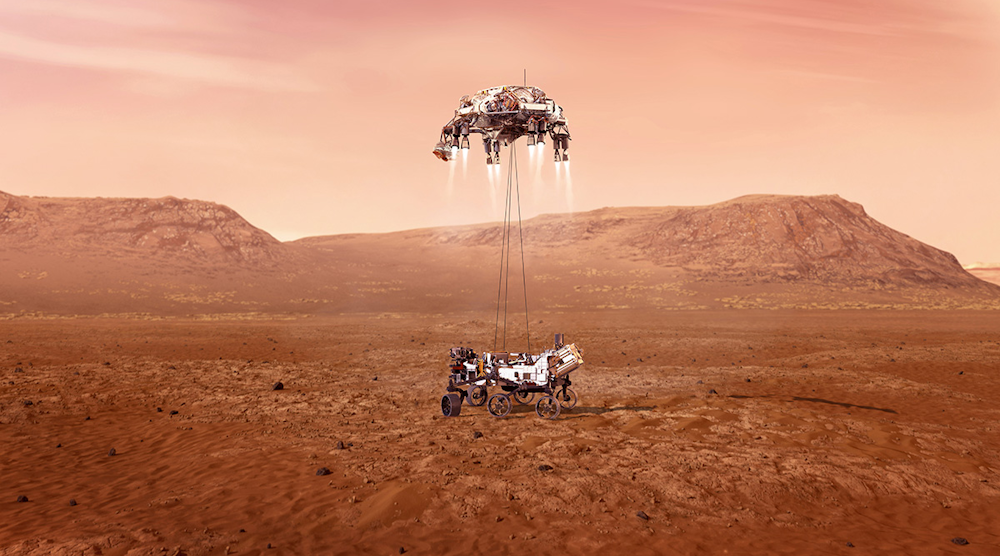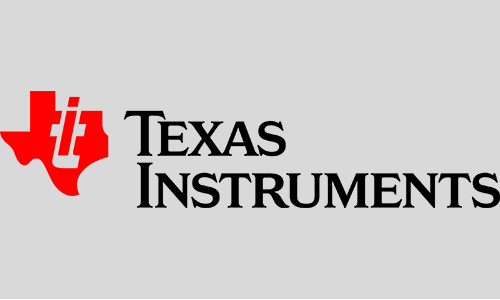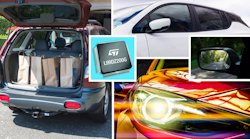Reprinted with permission fromEvaluation Engineering
The Perseverance Mars Rover landing is a testament to the ingenuity of humanity and the state of our technology and applied engineering. If someone had said 50 years ago that the fourth planet would have a growing population of robots roving its surface, many would have thought that quite eccentric. At 3:55 p.m. EST (8:55 GMT) the Red Planet gained another robotic occupant(Fig. 1).
 Members of NASA’s Perseverance Mars rover team watch in mission control as the first images arrive moments after the spacecraft successfully touched down on Mars, Thursday, Feb. 18, 2021, at NASA's Jet Propulsion Laboratory in Pasadena, California. A key objective for Perseverance’s mission on Mars is astrobiology, including the search for signs of ancient microbial life. The rover will characterize the planet’s geology and past climate, pave the way for human exploration of the Red Planet, and be the first mission to collect and cache Martian rock and regolith. Credits: NASA/Bill Ingalls
Members of NASA’s Perseverance Mars rover team watch in mission control as the first images arrive moments after the spacecraft successfully touched down on Mars, Thursday, Feb. 18, 2021, at NASA's Jet Propulsion Laboratory in Pasadena, California. A key objective for Perseverance’s mission on Mars is astrobiology, including the search for signs of ancient microbial life. The rover will characterize the planet’s geology and past climate, pave the way for human exploration of the Red Planet, and be the first mission to collect and cache Martian rock and regolith. Credits: NASA/Bill Ingalls
这显然是比看起来难,英足总ct that many in society are starting to take this level of technological competence for granted only underscores the level of achievement. Creating, developing, building, launching, controlling, landing, and operating a Robotic Rover to reach and explore a planet requires a level of skill synergy and technology integration that has only been possible in the last decade or so.
Triumph of Technology
Perseverance took about seven months and flew about 300 million miles (480 million kilometers) to reach its goal, taking advantage of the positions of the planets to minimize travel time and energy expenditure. This is why there were other missions launched at about the same time from other countries, and one reason Mars’ robotic population is going up now.
The levels of endurance, resilience, and reliability required in the electronics at every level is almost comical. This hardness is demanded from the components themselves, to the subsystems created, to the entire spacecraft and its auxiliary elements. Every single link in the chain must function flawlessly, or be part of a redundancy mechanism that can compensate for disaster and/or system failure in a reliable and effective manner.
Triumph of Telemetry and Control
Not only must all of the systems operate flawlessly and reliably, Perseverance (such an apt name) must do it at ever-extending distances. It takes 5 to 20 minutes for a radio signal to go between Mars and Earth, depending on planetary positioning. NASA is using orbiters to relay messages for the mission, as they are much closer to Perseverance than antennas on Earth(Fig. 2).

This brings up a two-fold question: establishing and maintaining a constant communications link, and ensuring the rover is intelligent enough to work around the fact that there is no real-time control possible for any aspect of operation from the Earth. NASA has had to address this problem since the dawn of the space age, and used Edge Computing back when it was just called “put a computer in the spacecraft.”
Triumph of Humanity
Let’s all congratulate the team of people, men and women around the world, who made this possible. Every single individual involved is responsible for the success of the mission, this is one of those situations where there is no unimportant role, at any level. Even though there was no human life directly involved, the level of resource investment and the promise of the mission meant there was no room for failure.
Only by functioning together as a team, with each member giving it their 100%, could the mission succeed at an optimal level. A loose screw could have endangered, or even impacted, the success of the mission, in the way of the infamous loose horseshoe nail. That everything worked as planned is a testament to the people who made it possible. This mission proves that we can achieve just about anything we can imagine, if we work at it hard enough.













